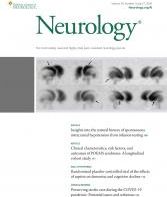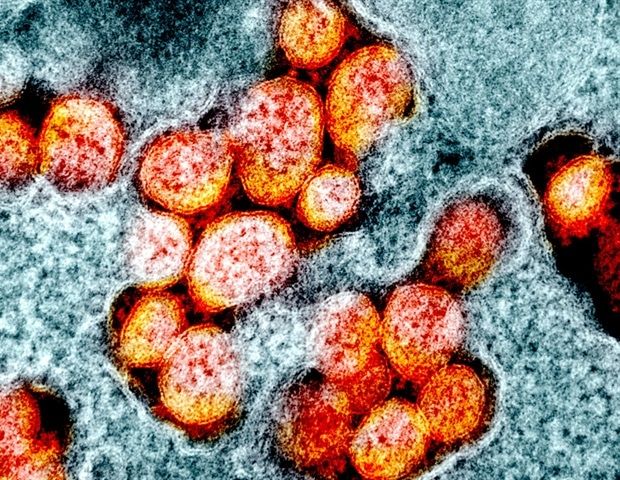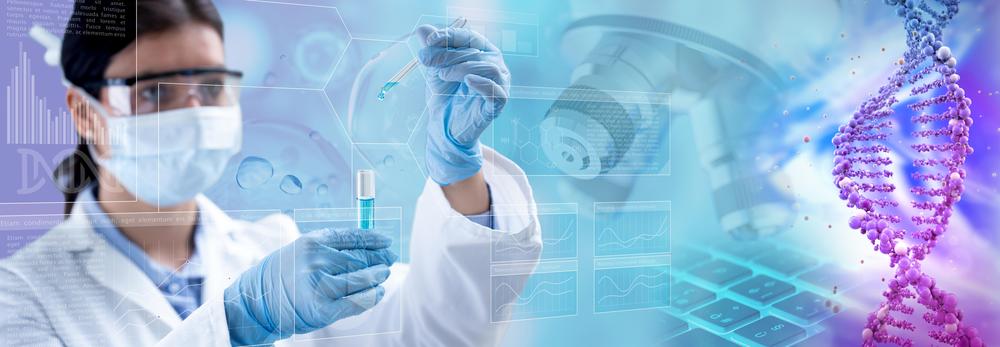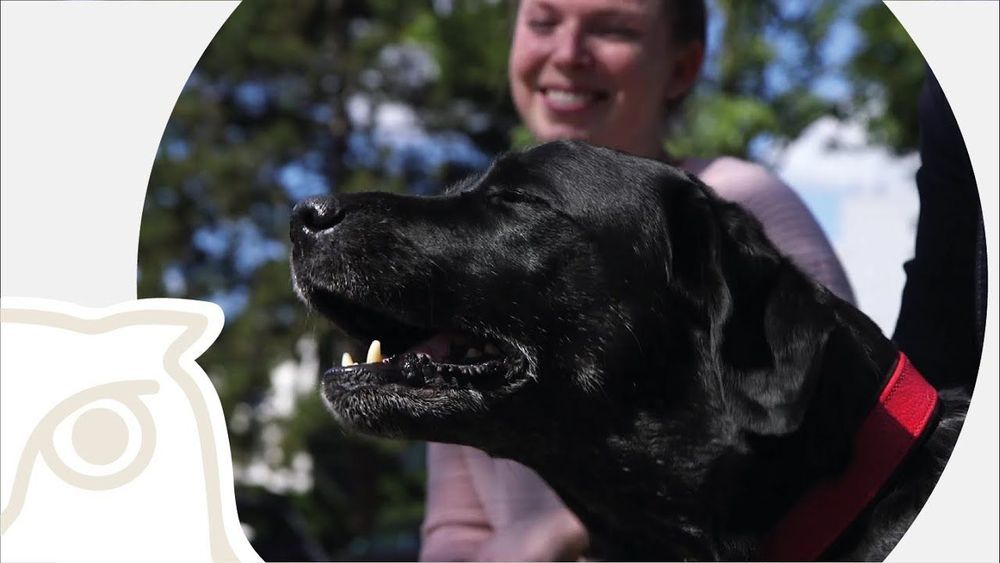Jul 25, 2020
Germany’s coronavirus response is a master class in science communication
Posted by Omuterema Akhahenda in categories: biotech/medical, education, science
What changed things for Germany? A handful of prominent scientists communicating regularly and openly with the public. (via CNBC)…and a leader who is a scientist.
Germany, like many other countries, had a contingent of people who fought lockdowns and argued that Covid-19 was a hoax. But it also had a handful of prominent scientists communicating regularly and openly with the public. That played a huge role in drowning out rumors and misinformation, locals tell CNBC.
“We have a great educational system and everyone has access to it,” said Dennis Traub, a tech worker in Hamburg, Germany. “So I believe that many people and the majority listened to both sides and one of those sides sounded much more reasonable.”
Continue reading “Germany’s coronavirus response is a master class in science communication” »

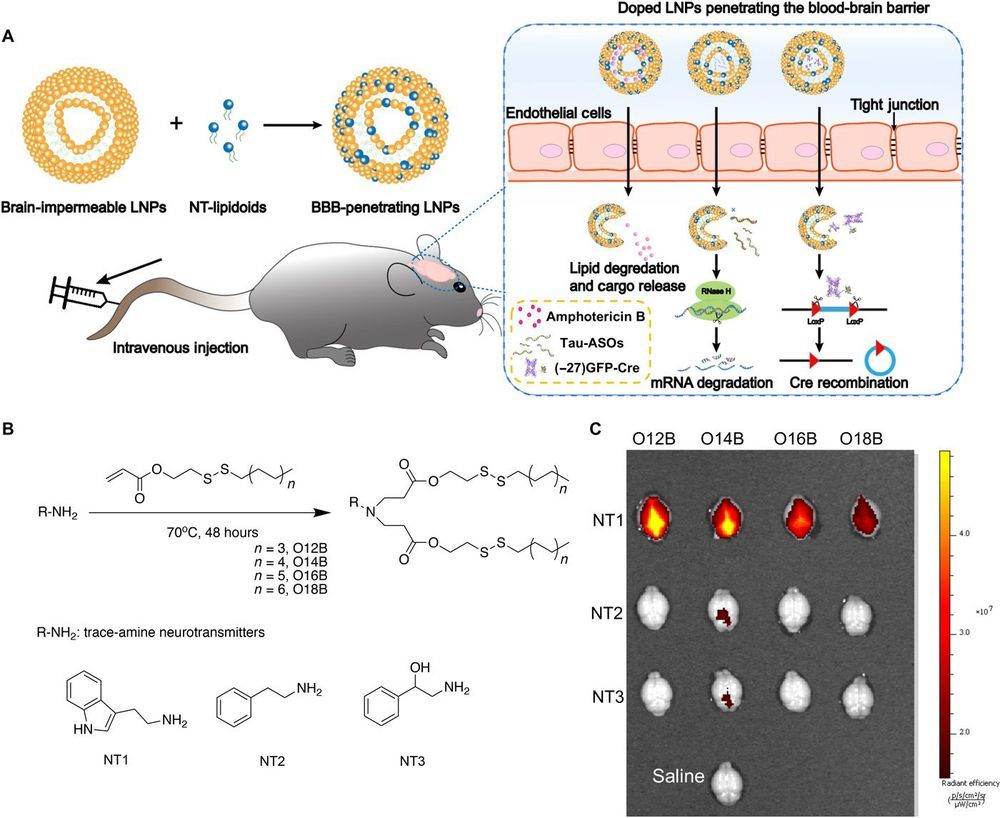

 In mammals, the acquisition of the germline from the soma provides the germline with an essential challenge, the necessity to erase and reset genomic methylation1. In the male germline, RNA-directed DNA methylation silences young active transposable elements (TEs)2–4. The PIWI protein MIWI2 (PIWIL4) and its associated PIWI-interacting RNAs (piRNAs) instruct TE DNA methylation3,5. piRNAs are proposed to tether MIWI2 to nascent TE transcripts; however, the mechanism by which MIWI2 directs de novo TE methylation is poorly understood but central to the immortality of the germline. Here we define the interactome of MIWI2 in foetal gonocytes that are undergoing de novo genome methylation and identify a novel MIWI2-associated factor, SPOCD1, that is essential for young TE methylation and silencing. The loss of Spocd1 in mice results in male-specific infertility but impacts neither piRNA biogenesis nor localization of MIWI2 to the nucleus. SPOCD1 is a nuclear protein and its expression is restricted to the period of de novo genome methylation. We found SPOCD1 co-purified in vivo with DNMT3L and DNMT3A, components of the de novo methylation machinery as well as constituents of the NURD and BAF chromatin remodelling complexes. We propose a model whereby tethering of MIWI2 to a nascent TE transcript recruits repressive chromatin remodelling activities and the de novo methylation apparatus through SPOCD1. In summary, we have identified a novel and essential executor of mammalian piRNA-directed DNA methylation.
In mammals, the acquisition of the germline from the soma provides the germline with an essential challenge, the necessity to erase and reset genomic methylation1. In the male germline, RNA-directed DNA methylation silences young active transposable elements (TEs)2–4. The PIWI protein MIWI2 (PIWIL4) and its associated PIWI-interacting RNAs (piRNAs) instruct TE DNA methylation3,5. piRNAs are proposed to tether MIWI2 to nascent TE transcripts; however, the mechanism by which MIWI2 directs de novo TE methylation is poorly understood but central to the immortality of the germline. Here we define the interactome of MIWI2 in foetal gonocytes that are undergoing de novo genome methylation and identify a novel MIWI2-associated factor, SPOCD1, that is essential for young TE methylation and silencing. The loss of Spocd1 in mice results in male-specific infertility but impacts neither piRNA biogenesis nor localization of MIWI2 to the nucleus. SPOCD1 is a nuclear protein and its expression is restricted to the period of de novo genome methylation. We found SPOCD1 co-purified in vivo with DNMT3L and DNMT3A, components of the de novo methylation machinery as well as constituents of the NURD and BAF chromatin remodelling complexes. We propose a model whereby tethering of MIWI2 to a nascent TE transcript recruits repressive chromatin remodelling activities and the de novo methylation apparatus through SPOCD1. In summary, we have identified a novel and essential executor of mammalian piRNA-directed DNA methylation.